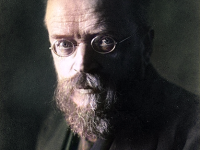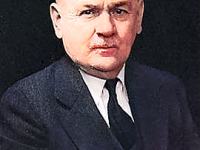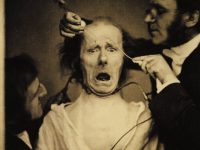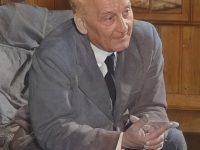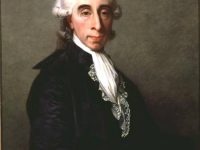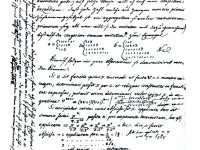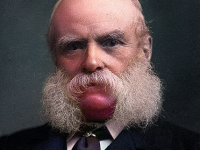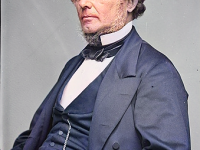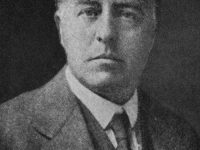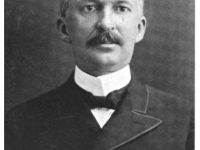Carl Correns and the Principles of Heredity
On September 19, 1864, German botanist and geneticist Carl Erich Correns was born. Correns is notable primarily for his independent discovery of the principles of heredity, and for his rediscovery of Gregor Mendel‘s earlier paper on that subject, which he achieved simultaneously but independently of the botanists Erich Tschermak and Hugo de Vries, and the agronomist William Jasper Spillman.[5] Family and Academic Career Carl Correns came from a family of lawyers in the…
Read more

